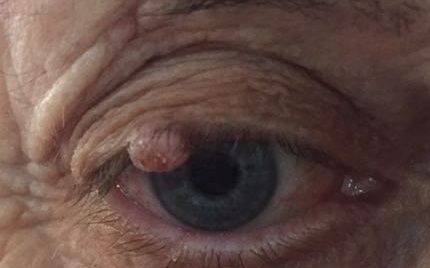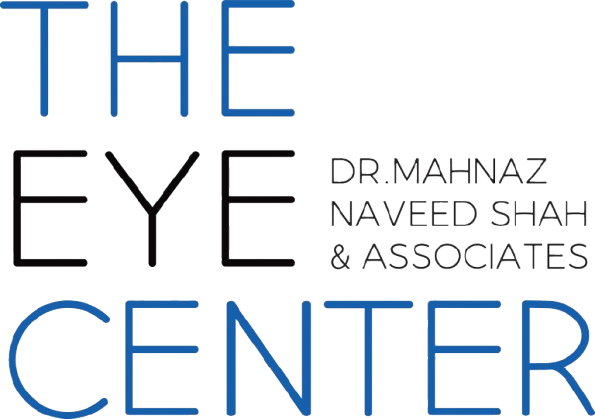A uncommon kind of cancer called sebaceous carcinoma starts in a skin oil gland. The eyelids are typically the site of sebaceous cancer.
A painless lump or thickening of the skin on the eyelid may be the first signs of sebaceous carcinoma. On other body parts, it could result in a lump on the skin that bleeds or develops a scab.
Sebaceous carcinoma has a rapid growth rate and occasionally spread to other areas of the body.
Experts are unsure of the causes of sebaceous carcinoma in some individuals. The ultraviolet (UV) rays of the sun can cause this type of skin cancer, much like other types of skin cancer.
People who have received radiation therapy to the head or neck, particularly younger people, are also susceptible to developing it.
Your upper eyelids, which contain a lot of sebaceous glands, are frequently affected by sebaceous carcinoma tumors. Your lower eyelids may also be impacted by tumors. To see the bulge, you might need to gently draw back on your eyelid.
You may see firm, round, yellow painless bump that resembles a pimple. It may also manifest as a sore that bleeds, doesn’t heal, or heals and then comes back and thickened, yellow or red crusty skin near your eyelashes in your eyelid.
Sebaceous carcinoma left untreated can result in eyesight problems, loss of eyelashes, oozing growths on your upper and lower eyelids, and reddish eyes that mimic pink eye (conjunctivitis).
Skin examination is one of the tests and procedures used to identify sebaceous cancer. To diagnose your issue, your doctor will thoroughly examine your skin.
Consult an eye doctor if you have sebaceous carcinoma on your eyelid. Your eyelid and eye will be closely examined by the ophthalmologist. The tissue that covers the inside of your eyelid and the white of your eye is examined by the eye specialist for any indications that cancer has spread there.
Your healthcare professional will take a small sample of tissue for analysis. If cancer cells are present, they can be found using specialized lab testing.
Surgery to remove the malignancy is a common component of sebaceous carcinoma treatment. In some circumstances, alternative treatments could be an option.
Treatment choices could be to remove the malignancy surgically. Your doctor might suggest a procedure to remove the cancer and some of the surrounding good tissue. A expert will check the tissue’s boundaries to make sure there are no cancer cells there. This increases the likelihood that all cancer cells will be surgically eliminated.
A specialist procedure known as Mohs surgery includes the removal of very thin layers of cancerous skin until only healthy tissue is left. The skin is examined for indications of malignancy after each layer has been removed. Until no longer showing any indications of malignancy, the treatment continues. If the surgeons wish to keep as much of the healthy skin as possible after treating your cancer, this method might be useful. The eyelid and the face are two examples.
Radiation therapy may also be used as a treatment modality. Strong energy beams, such X-rays and protons, are used in radiation therapy to kill cancer cells. After surgery, radiation therapy can be utilized to eliminate any remaining cancer cells. In cases where surgery is not a possibility, radiation treatment may be administered alone.
At The Eye Center- Dr. Mahnaz Naveed Shah & Associates our team of eight ophthalmology subspecialists/ eye specialists, eye surgeons who are considered amongst the very best eye specialists in Karachi and in Pakistan, have the diagnostic and treatment capabilities to treat from the simplest to the most complex patients. We work hard to provide our patients with the best possible medical and surgical eye care, in a state of the art purpose built eye care facility. We offer the entire array of medical, laser and surgical treatments to help provide patients the best possible care in the most efficient, safe and ethical manner.
If you need an appointment, please contact us at 03041119544 during our working hours or leave us a WhatsApp message at +923028291799 and someone will connect with you. Walk-in appointments are also available for emergencies. We can also be reached through our web portal on www.surgicaleyecenter.org

